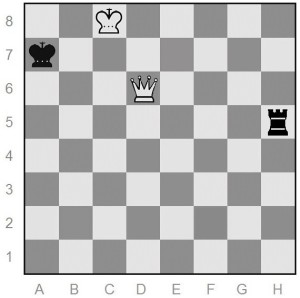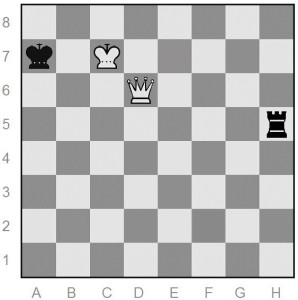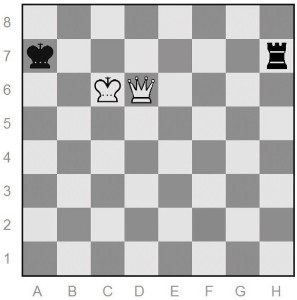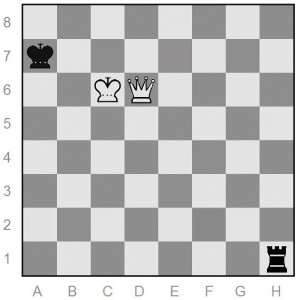Three Chess Books Compared
Two of these are hardback publications by Murray Chandler, a grandmaster who was (several times from 1987 to 1988) rated as the 29th best chess player in the world. The third book is a paperback by Jonathan Whitcomb, a nonfiction writer who has tutored chess beginners starting in the mid-1960’s. Let’s review what these three books contain.
How to Beat Your Dad at Chess
127 pages; suggested retail $16.95; published in 1998
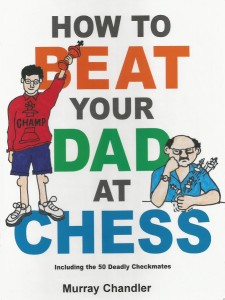
Like the other two chess books, it has a title and cover image that could be misleading. It’s not really dedicated to teaching you how to win a game of chess against your father, or even against a competitor who is older than you. Like the other two publications (which also show one or more kids on the cover) it’s not about a child or teenager playing the royal game. It does resemble the other two books in teaching you to win chess games.
The back cover includes the following:
This is a chess book for everyone, from eight to eighty, beginner to master. In a clear, easy-to-follow format it explains how the best way to beat a stronger opponent (be it a friend, clubmate — or Dad!) is by cleverly forcing checkmate. Delightful and instructive positions from real games are used to show the 50 Deadly Checkmates that chess masters use to win their games.
Before analyzing that paragraph from the back cover of How to Beat Your Dad at Chess (it’s not without error), consider what a chess-book-author competitor has said about this publication by Murray Chandler:
“For many tournament chess players with USCF ratings around 1000-1900, this book may be the most practical and valuable one they could have in their hands. In addition, some players with ratings below and above that range could benefit from a careful study of How to Beat Your Dad at Chess. I say this as an author of a chess book that appears, on the surface, to directly compete with Chandler’s book, for I myself have a copy of HBYDC and I must be honest. The great majority of my tournament games, when I was competing many years ago, were with players rated between 1000 and 1900, (when I was near the top of that range) so I speak from experience.” Jonathan Whitcomb, author of Beat That Kid in Chess.
Yet despite that acclaim, Murray’s book is best for the post-beginner (with adequate over-the-board playing experience) rather than for the truly inexperienced novice.
Getting back to the paragraph from the back cover of How to Beat Your Dad at Chess, the promoters got carried away on three points. To be blunt:
- It’s far from ideal for chess masters
- It’s far from ideal for low-level chess beginners
- It’s far better for helping you defeat a player who is similar to you in strength rather than for helping you defeat a stronger opponent
Notice the last few words of that paragraph: “. . . that chess masters use to win their games.” Surely that statement is true, that masters use those tactics (found in this book) to win chess games. So why would those masters need this book? In general, most of them would have limited use for How to Beat Your Dad at Chess, for many of the patterns are already known by many masters.
Now for chess beginners. Of those millions of players who could be called beginners, few indeed would compete well with tournament players rated around 1000. Novice players generally lack the calculating skills needed to assimilate the combinations that abound in How to Beat Your Dad at Chess. In fact, for some beginners, the challenge of trying to foresee those tactical finesses and failing to learn them quickly—that could discourage them from pursuing the study. For the lowest-level novice in particular, the player who knows how to move pieces but not how to win—that reader should find a different chess book, one that is truly centered on helping the lowest-level beginner.
Now for the third point. How to Beat Your Dad at Chess gives a player the ability to begin to win more games than he or she loses against competitors who are similar in strength. When compared with many other good chess books, it compares poorly regarding preparing you to beat a player who is clearly stronger than you in chess abilities. Chandler’s book is dedicated to training the reader in fifty tactical patterns (almost all of which are checkmates, but not quite all fifty of them). This requires an explanation.
Have you ever played several games of chess with a friend who won every game or almost every game? If the win-to-lose ratio was at least four-to-one, then your friend was clearly stronger than you in chess ability. One normal course of a game, when it does not end in a draw, is as follows: One side gains an advantage which is pressed forward until that advantage is increased to the point that checkmate is eventually attained. The key is in the word eventually, so let’s look deeper.
The process of gaining, maintaining, and increasing one or more advantages—that is the key to winning most chess games. Checkmate, or the resignation of the opponent, usually comes at the tail-end of the struggle, at least with an average game between players who have advanced beyond the raw-beginner stage. How to Beat Your Dad at Chess gives the reader few clues about how to gain an advantage, maintain the edge, and increase it or add to it, leading to a position that allows you to checkmate your opponent. If this is the only chess book you ever study, don’t expect to win four out of five games against a friend who had previously beaten you by that margin. That will not happen.
With all that said, How to Beat Your Dad at Chess can be a valuable tool, especially when combined with other tools like experience in competition and other good chess books.
Beat That Kid in Chess
194 pages; suggested retail $13.40; published in 2015
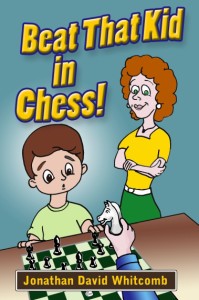
This is promoted as an ideal chess book for the “raw beginner,” the player who knows the rules of the game but hardly anything about how to win. It uses the new chess-training method of “nearly-identical positions” in training the beginner’s tactical ability, perhaps the first chess book to use this method regularly.
Like the other two books reviewed here, it’s not especially for any particular age group or for learning to win games against any particular age of opponent. Unlike the other two books, this one is only for the “early beginner.” Yet if the reader has a little experience in winning one or two chess games (against another “early” beginner), this book might still be a better choice than the other two books that are reviewed here.
Online details on Beat That Kid in Chess abound on many sites, so no more needs to be said here on this chess book for beginners.
Chess Tactics for Kids
128 pages; suggested retail $16.95; published in 2003

This chess book by Murray Chandler resembles his earlier publication (How to Beat Your Dad at Chess), not just in the cover but in the contents. It appears to be written as a complement to the earlier one. It also appears to be ideal for the mid-level competitor, far better than for the master or for the common novice.
From the back cover:
Chess enthusiasts of all ages and levels will find this book an instructive delight. In a simple, easy-to-understand format it explains how to bamboozle your chess opponents using commonly occurring tactical motifs.
From the Introduction:
The best way to confound and confuse a chess opponent is by using tactics — a forcing sequence of moves that gain an advantage. . . . It is written as a complementary sequel to my previous book, How to Beat Your Dad at Chess, which covered checkmating patterns.
For those chess players who have already advanced beyond the beginner phase, Chess Tactics for Kids may be even more valuable than Chandler’s earlier book. For those who have adequately advanced in their skills to be able to win more games than they lose against beginners, perhaps the best choice is to study both of these chess books by Murray Chandler, for they really do complement each other well.
###
.
Three Chess Books for Real Beginners
I’ve been promoting my own chess book (for novices) for several weeks now: Beat That Kid in Chess. So why would I mention two competing books on the royal game, both of them for beginners?
A Chess Book for Beginners
The book you really need to quickly prepare to win chess games, a revolutionary new way to come to know those simple basic tactics
Chess Beginner – to learn to win
The first sentence of the first chapter in the book ‘Beat That Kid in Chess’ makes it clear: “What’s the most important thing to see in chess? See how to get an immediate checkmate.” In other words, when you play a game of chess, when it’s your turn to move, look at the possibility of checkmating your opponent’s king . . .
Chess Instruction for Beginners
Almost entirely about the rules of the ancient royal game of chess
New Chess Book for Beginners – Beat That Kid in Chess
Have you had trouble with a kid who was too smart, beating you in a game of chess almost before you knew what hit you? I can probably help you teach that kid a lesson, but . . .
.
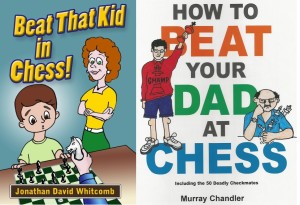
Two apparently similar chess books (one on left is for raw beginners)
.
![]()
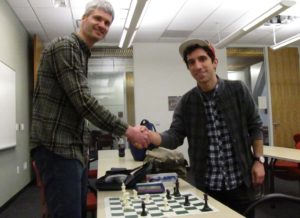




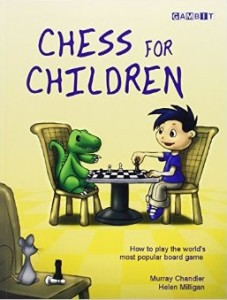

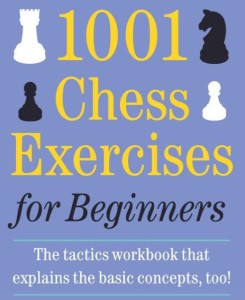


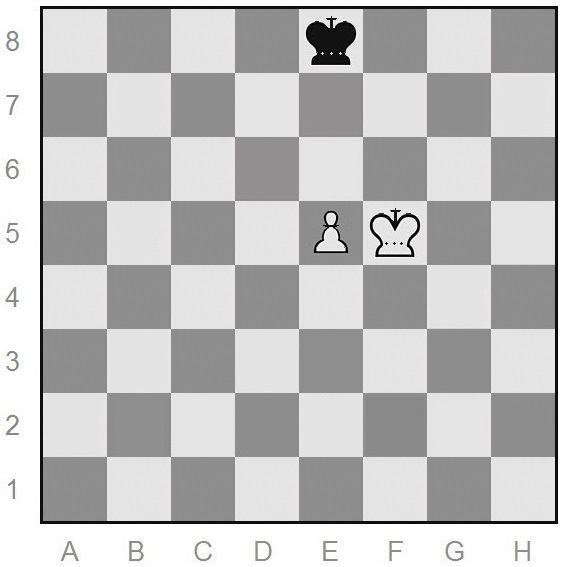
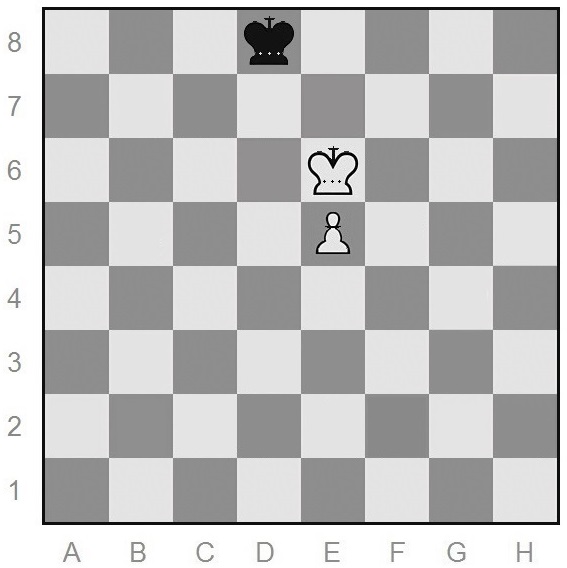


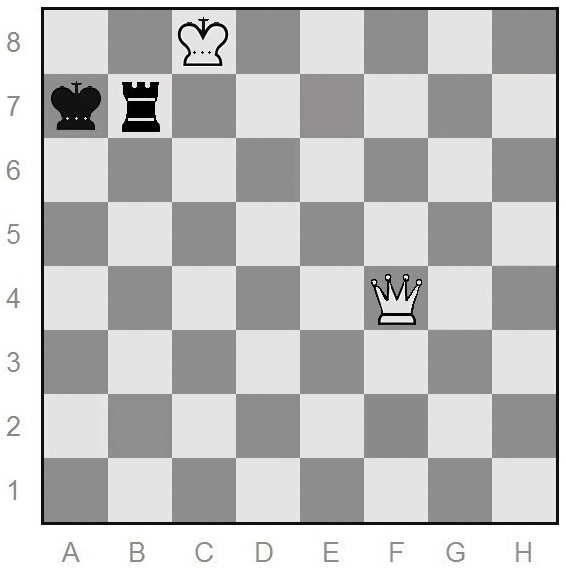
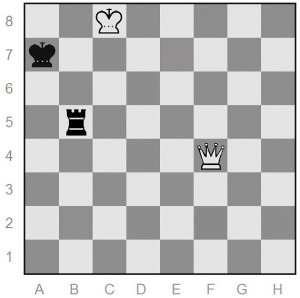
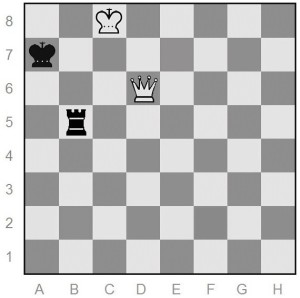 Diagram-3: Black to move
Diagram-3: Black to move